High-Density Polyethylene (HDPE) is a popular thermoplastic polymer that is specifically known for its strength, ability to resist material wear and a variety of chemicals and environmental conditions, and is also known for being durable . The high density polyethylene melting temperature is one of the key properties of HDPE that controls the application and processing of the HDPE. The temperature at which HDPE will melt defines the temperature range that HDPE will transform from a solid to a molten form and hence processable using different technologies like extrusion, injection molding and blow molding.
In this article, we shall examine the specific melting points of HDPE, factors of influence, utility in manufacturing processes and impacts on its usage for different applications, particularly in applications requiring high durability . Besides, we will briefly address the essential traits of HDPE that are necessary for numerous industries.
What is High-Density Polyethylene (HDPE)?
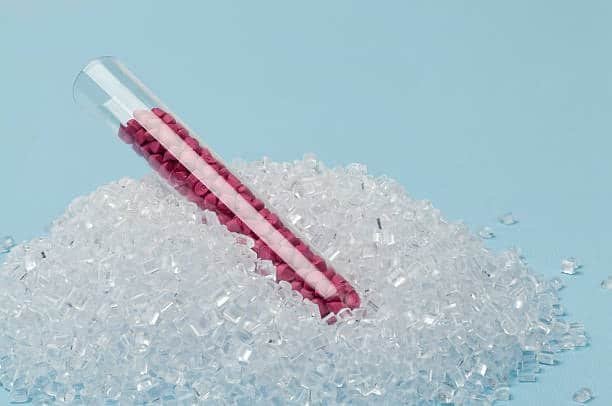
High-Density Polyethylene is a thermoplastic polymer developed from its petroleum state by a polymerization process, which has high density and crystallinity. Low moisture absorption, good chemical resistance and toughness are its characteristics. The linear structure of t molecular structure of HDPE (High-Density Polyethylene) made of tightly packed polyethylene long chains does give HDPE better strength than other forms of PE like, LDPE (Low-Density Polyethylene).
Melting Temperature of HDPE
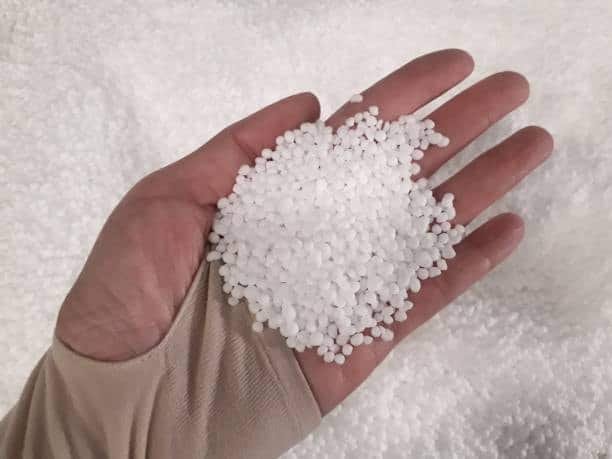
The melting temperature of HDPE is a fundamental thermal characteristic that has an immediate effect on the processability and uses. HDPE has a melting temperature range of between 130°C – 137°C (266°F – 279°F). It is ideal temperature range for processing of HDPE in industrial applications such as injection molding, extrusion and thermoforming.
However, exact temperature point of melting can be different from grade to grade and molecular structure. Thermal properties of the melt, including the melting point, are also affected by the crystallinity and degree of polymerization of the polymer chains. Less crystalline or more branched HDPEs are known to have low melting point, whereas more crystalline HDPE tends to have higher melting point and high tensile strength .
Factors Influencing HDPE’s Melting Temperature
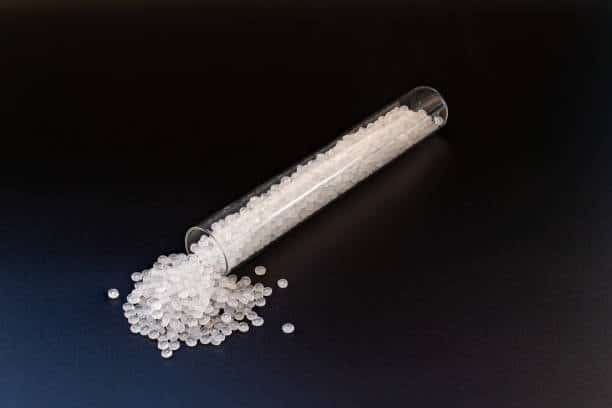
Some factors may even affect the HDPE melting temperature and the manufacturing method , which makes it necessary to take them into account in the course of the product design and manufacture.
1. Molecular Weight and Polymer Structure
The molecular weight of HDPE or the polymer chain length is found to be very important, in deciding melting temperature. Having a higher molecular weight, polymers exhibit increased strength and the higher their melting point because of the stronger intermolecular forces involved. Also the degree of crystallinity has an effect upon the melting temperature and the impact resistance . HDPE with higher crystalline will have a higher melting point than the other less crystalined ones since crystalline structures need more heat for break down.
2. Additives and Fillers
In certain implementation, HDPE is modified with additives and fillers in order to increase the level of such properties as UV resistance / flame retardancy / chemical resistance. The addition of these additives can help change the melting temperature slightly. For example, some of the fillers may decrease the melting point; whereas, others may change the thermal resistance of the material. You must know how the additives influence the melting point and how this relates to additive manufacturing while designing HDPE products for certain application.
3. Processing Conditions
The processing conditions provided during the production of HDPE, such as temperature and pressure and the rate of cooling can affect the crystallinity of the material and therefore the melting temperature. Fast cooling would give a less crystalline HDPE with lower temperature of melting, which can affect its suitability for food packaging slower cooling rates might give the higher crystallinity and higher temperature of melting.
Significance of Melting Temperature in HDPE Applications
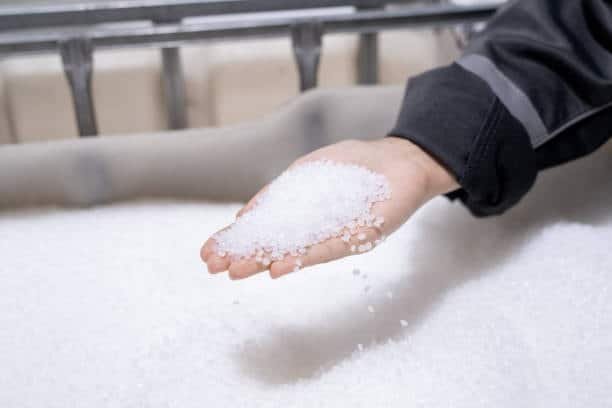
The melting point of HDPE is extremely important in deciding how the material will behave during production and performance of the material in end products, especially when considering different types of application . Pride in this property is very important for a number of reasons, including the production of grocery bags.
1. Processing Methods
Because HDPE is thermoplastic, it has to be heated above its melting point in order to be shaped. The processing temperature for methods such as beverage bottles, for example, are each determined using the melting point.
- Injection Molding: Melting temperature is used to regulate the settings of the injection molding process to be properly pushing into the molds and then solidifying to the shape of choice.
- Extrusion: The melting point is very important in the extrusion process for the HDPE to flow nicely through extruder and forming continuous shapes (pipes & sheet).
- Blow Molding: For creation of hollow pieces like bottles the melting temperature of HDPE is critical for inflation and shape development during the process of blow molding.
2. Product Performance
The melting temperature is also of significance when considering the performance of HDPE in end use applications. Under heat-affected conditions portions of the article, including medical devices, may suffer from softening or distortion when the operating temperature exceeds the melting point of the material. Thus, knowledge of the melting temperature will enable selection of an appropriate HDPE grade for given thermal atmospheres, ultimately leading to a better yield in production .
3. Thermal Resistance and Durability
HDPE’s resistance to high temperature without losing shape in terms of the structural integrity is attributed in part to the melting pint. The low melting temperature of plastics compared to other polymers makes the polymer suitable for use in areas that require moderate temperature resistance, such as plastic bags, but this property is widely recognized as unsuitable for use in areas harboring high temperatures.
Applications of HDPE and Melting Temperature Considerations
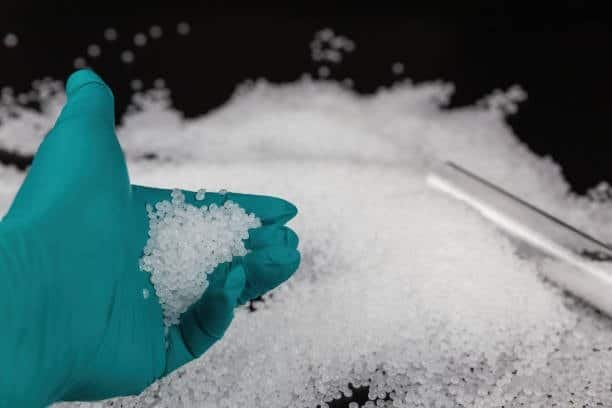
Due to its relatively low melting point, HDPE is a part of a huge number of products which do not face extreme temperature while in use. Common applications of HDPE include different types of containers and packaging.
- Packaging: HDPE is extensively used in plastic bottle and container production and packaging films because it can keep strength and rigidity when temperatures are moderately high.
- Piping Systems: HDPE is used for pipes (gas and water), since it’s thermal stability enable it to cope in areas with changing temperatures.
- Consumer Products: Toy, furniture, and household goods among other materials are usually manufactured from HDPE exploiting the advantage of its processing and physical properties.
HDPE is a versatile material, but not appropriate for high temperature applications like engine parts and some industrial machine parts, including pipes that require material with higher melting point like metals or high performance polymers.
Conclusion
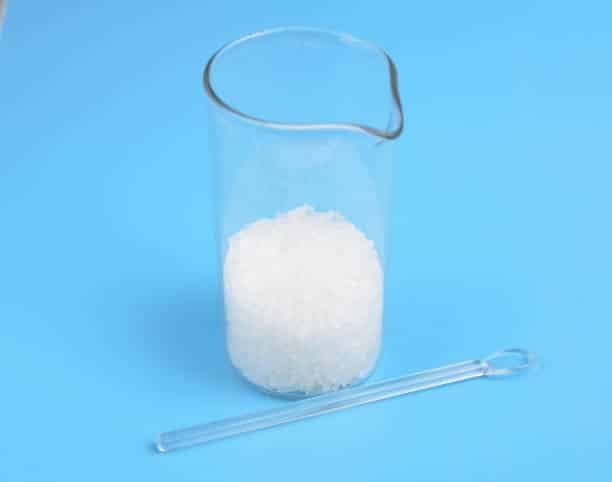
The melting temperature of High-Density Polyethylene (HDPE) is a basic property which defines its processability, performance and applications. Ranging generally between 130 ° C and 137 ° C the melting temperature plays a crucial role in deciding the right processing techniques and ensuring that the integrity of HDPE parts is not compromised during its usage. With an understanding of the factors that drive HDPE’s melting point (including molecular weight, additives, and processing conditions), manufacturers can develop products that will meet specified needs and yield efficiencies, t the same time standardizing manufacturing processes to enhance efficiencies.


